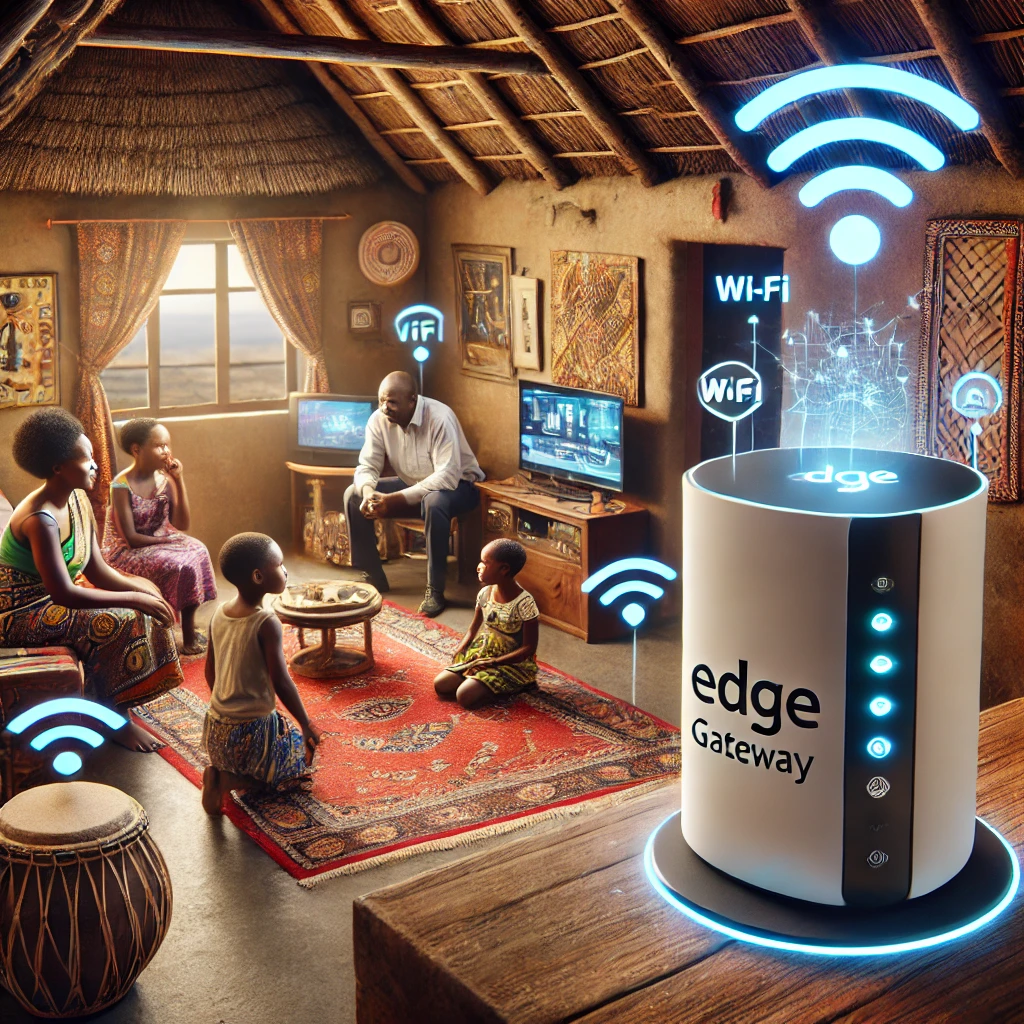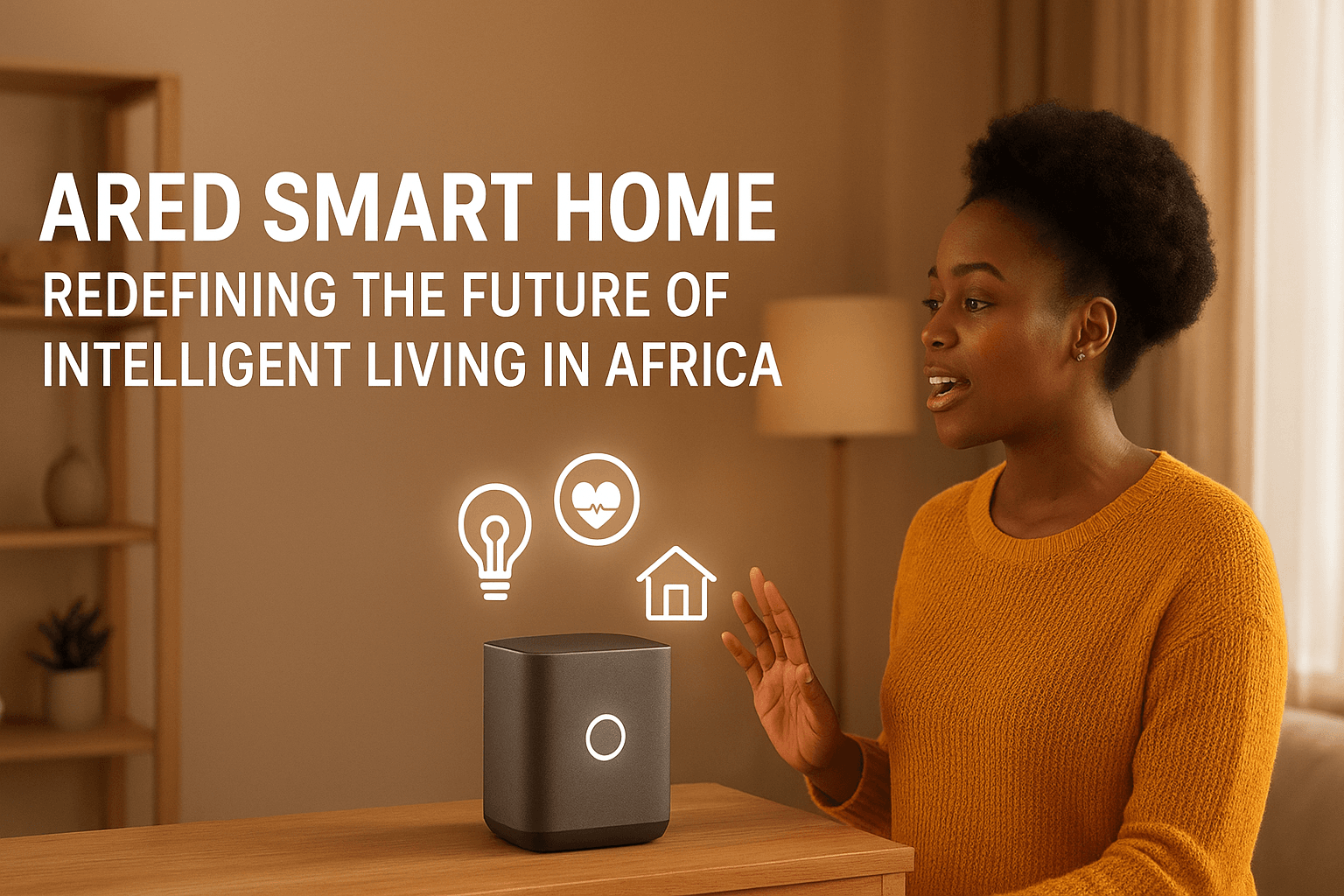
How Smart Home Technology Is Rendering Traditional Routers Obsolete: The Role of AI and Edge Technology
In the rapidly evolving world of smart home technology, the traditional router is quickly becoming outdated. With the rise of AI and edge technology, the role of routers is diminishing as more integrated and efficient solutions take center stage. This shift is not just about technological advancement; it’s about creating a more secure, cost-effective, and user-friendly home environment.
The Evolution of Smart Home Technology
Smart home technology has transformed how we interact with our living spaces. From controlling lights and thermostats with voice commands to monitoring security cameras remotely, these advancements have made our lives more convenient and connected. However, this growing reliance on interconnected devices has also highlighted the limitations of traditional routers.
In a typical smart home, you might find multiple devices such as smart TVs, refrigerators, security systems, and virtual assistants. Each of these devices requires a stable internet connection, often provided by a router. But as the number of connected devices increases, the strain on traditional routers becomes more evident. They are simply not designed to handle the complex demands of modern smart home technology.
The Role of AI and Edge Technology in Smart Homes
Artificial Intelligence (AI) and edge technology are revolutionizing how smart home technology functions. These technologies enable devices to process data locally (at the “edge” of the network) rather than relying on distant cloud servers. This approach not only reduces latency but also enhances security and privacy.
AI in smart homes enables more sophisticated and responsive interactions. For example, AI-powered virtual assistants can learn user preferences and automate tasks such as adjusting the thermostat, locking doors, or turning off lights. But when combined with edge technology, AI takes on an even more significant role, allowing devices to operate autonomously without constant cloud communication.
ARED Group is pioneering this integration by developing edge gateways that consolidate multiple functions into a single device. These gateways eliminate the need for separate routers, storage devices, and AI hubs by combining them into one efficient system. This innovation addresses the limitations of traditional routers, offering a more streamlined and effective solution for managing smart home technology.
Why Traditional Routers Are Becoming Obsolete
As smart home technology advances, the traditional router is struggling to keep up. Here’s why:
- Limited Capacity: Traditional routers were designed for simple tasks like providing Wi-Fi to a few devices. With the proliferation of smart home devices, routers are overwhelmed, leading to slower speeds and connectivity issues.
- Security Risks: Traditional routers often lack advanced security features necessary for protecting a network of interconnected smart devices. This vulnerability is especially concerning in homes where sensitive data is transmitted between devices.
- Complexity: Managing multiple devices through a traditional router can be cumbersome. Each device often requires manual configuration, updates, and security checks, which can be overwhelming for users.
- Lack of Integration: Traditional routers are not designed to integrate seamlessly with the various components of smart home technology. This lack of integration leads to inefficiencies and potential compatibility issues.

The Future of Smart Home Connectivity: Edge Gateways
The future of smart home technology lies in edge gateways—devices that combine the functions of a router, data storage, and AI processing into one. This consolidation simplifies home networking, reduces costs, and enhances security.
ARED Group’s edge gateways are at the forefront of this transformation. By processing data locally, these gateways reduce the need for cloud storage, which in turn minimizes latency and enhances privacy. For example, instead of sending security camera footage to the cloud, an edge gateway stores it locally, ensuring that sensitive data remains within the home network.
Moreover, edge gateways are designed to handle the increasing demands of smart home technology. They provide robust connectivity, advanced security features, and seamless integration with other smart devices. This makes them far more suitable for modern homes than traditional routers.
AI-Driven Security in Smart Homes
Security is a critical component of smart home technology, and AI is revolutionizing how we protect our homes. Traditional routers offer basic firewall protection, but they fall short when it comes to the sophisticated threats that modern smart homes face.
AI-powered edge gateways provide real-time threat detection and automated responses to potential security breaches. For instance, if an unauthorized device attempts to connect to your network, the AI can immediately block it and alert you. This level of proactive security is essential in a world where cyber threats are becoming more sophisticated.
Furthermore, AI can learn from user behavior to predict and prevent security issues before they occur. This adaptive approach is far more effective than the static security measures offered by traditional routers.
The Benefits of Localized Data Processing
One of the key advantages of edge technology is localized data processing. In traditional setups, data from smart devices is often sent to the cloud for processing. This not only introduces latency but also raises privacy concerns, as sensitive information is transmitted over the internet.
With edge technology, data is processed locally within the home network. This reduces latency, as the data doesn’t need to travel to a distant server and back. It also enhances privacy, as sensitive data never leaves the local network.
For example, video footage from security cameras can be stored and processed directly on the edge gateway. This ensures that your data is secure and accessible only to you, without the risk of being intercepted or accessed by third parties.
The Cost-Effectiveness of Integrated Solutions
Another significant benefit of edge gateways is cost-effectiveness. Traditional setups often require multiple devices—routers, storage systems, and AI hubs—each with its own cost. Edge gateways, on the other hand, consolidate these functions into a single device, reducing the overall cost for consumers.
This consolidation also simplifies installation and management, saving time and reducing the potential for errors. Consumers no longer need to worry about configuring multiple devices or ensuring compatibility between them. With an edge gateway, everything is managed through a single interface.
Conclusion: The Future of Smart Home Technology
As smart home technology continues to evolve, the limitations of traditional routers are becoming increasingly apparent. The future lies in integrated solutions that combine connectivity, security, and AI-driven automation into a single, efficient system.
ARED Group is leading the way with their edge technology, providing a glimpse into a future where smart homes are simpler, more secure, and more efficient. By embracing this technology, homeowners can enjoy the full benefits of a connected home without the drawbacks of outdated router systems.
The era of traditional routers is coming to an end. In its place, edge technology and AI-driven solutions are poised to take over, offering a smarter, safer, and more connected way of living.


